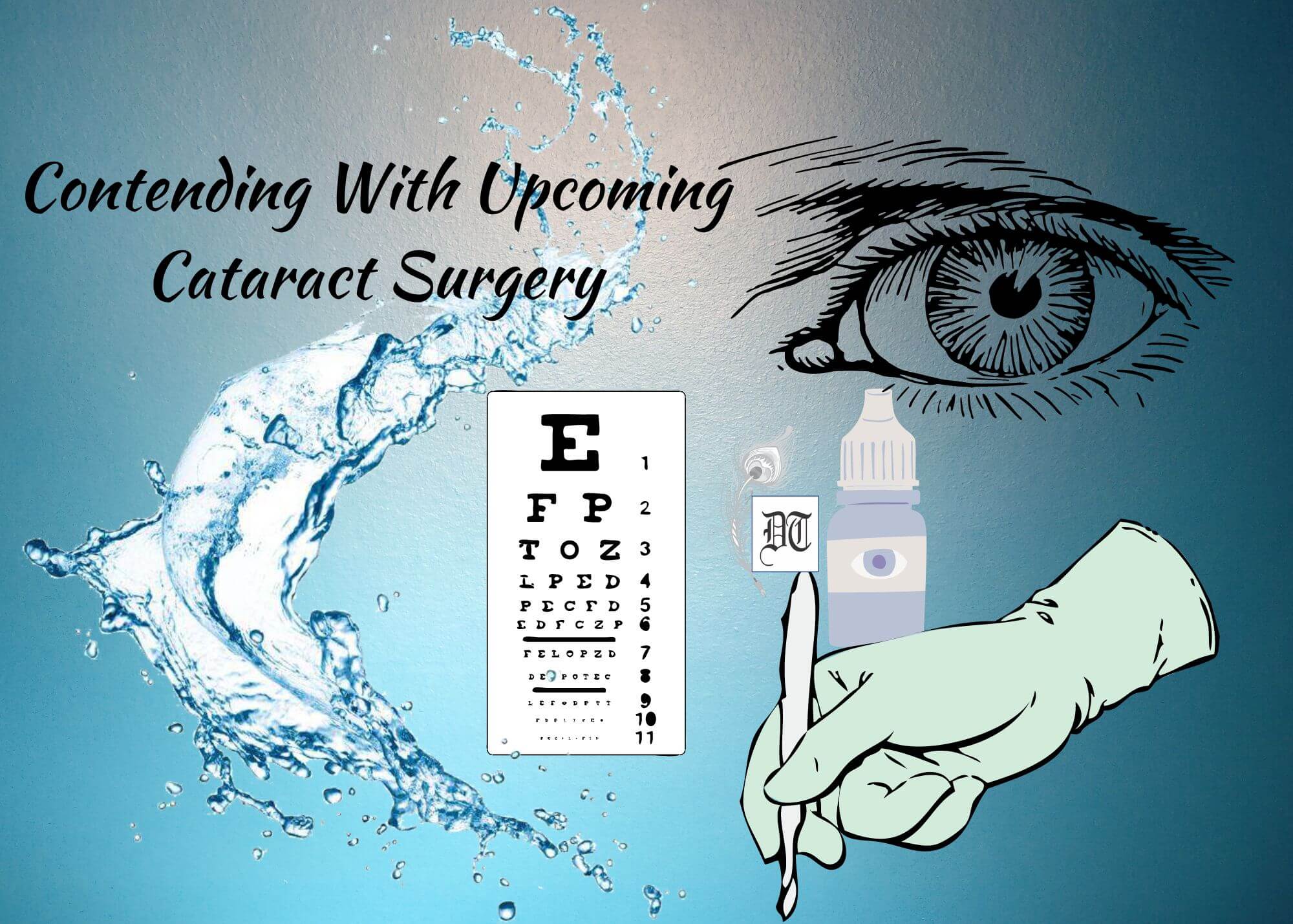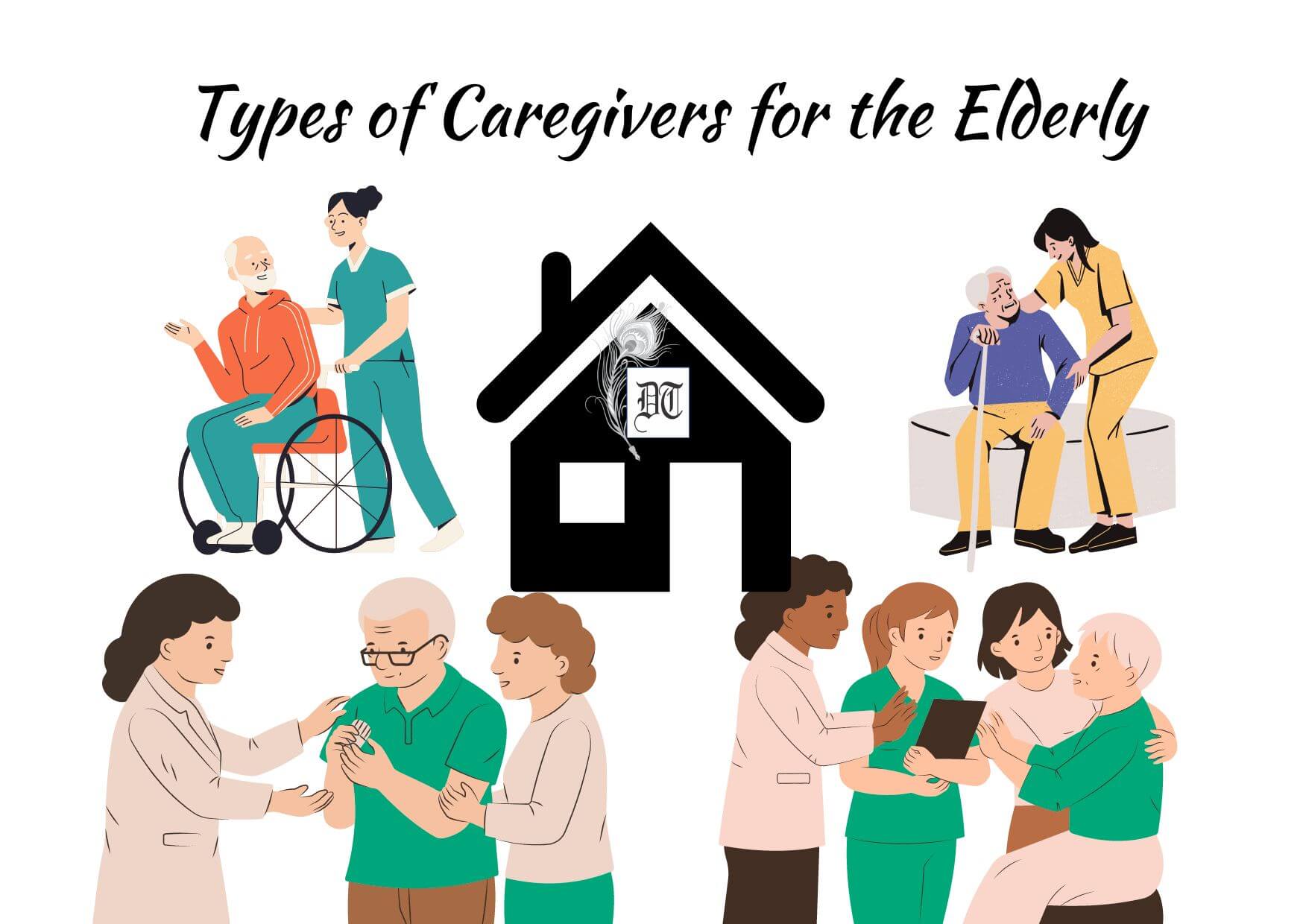Fashionista Shameena tells us about the benefits dental braces, in the second part of her four-part research article. Here she tells us about how to deal with gaps in between teeth, difficulty in speaking, chewing, and parts of braces, in the weekly column, exclusively in Different Truths.
Gaps in between teeth often indicate that the upper and lower jaw are not fitting together properly, a condition commonly referred to as malocclusion. Genetics, thumb-sucking, mouth tissue formation, and other conditions can also cause gaps between the teeth. Closing these gaps not only helps to improve the aesthetics of your smile, but it also can help to fix your malocclusion problems. Gaps between teeth also leave the gum tissue between the teeth exposed and at more risk for being affected by plaque, inflammation, and infection. You need braces to help close these gaps.
Jaw Pain
Jaw pain and headaches are often the results of a misaligned bite. When your jaw is not fitting together properly it can slip out of place easily, causing tension when you are sleeping. Jaw pain can also result from a condition called TMJ disorder. TMJ, or temporomandibular joint disorder, involves your body’s temporomandibular joint (TMJ) which connects your jawbone to your skull much like a sliding hinge. When the hinge mechanism that connects the upper and lower jaw isn’t working you can experience pain in your jaw joint and in the muscles that control jaw movement. Temporomandibular Disorder (TMD) refers to a variety of conditions that affect TM joints, jaw muscles, and facial nerves. During your consultation, your doctor with can evaluate your teeth and jaw alignment to see if your jaw pain is a result of poor alignment and determine if you need braces.
Difficulty Chewing or Speaking
Severe cases of malocclusion can affect the way you chew, speak and swallow. Do you–or your child–find yourself biting your cheek or the roof of your mouth when you are chewing? Do your teeth ever collide when you chew sending jarring sensations through your whole face and/or jaw? Do you (or your child) have problems with slurred speech, or saying certain words? If you answered yes to any of these questions, chances are that you need braces. All of these issues can be the result of a bite that is misaligned. Once you correct the jaw alignment, these symptoms correct themselves, but they won’t correct on their own!
Parts of Braces and their Importance
What role does each part of braces play? The brackets, bands, wires and even our oral health guidelines all play a vital role in the health of your teeth and the success of your teeth straightening. Braces have been perfected over the years to provide you various options for teeth straightening through traditional metal braces, lingual braces, ceramic clear braces, Invisalign and more. These options weren’t available in years past, and each option has been perfected to provide you quick and efficient teeth straightening. Find out why each part of braces is important and what role each piece plays when it comes to your oral health.
Parts of Braces
Traditional metal braces have been around for decades. We still offer these braces because frankly, they work so well. Metal braces are also the most popular orthodontic option because they work to straighten your teeth the quickest and are the most cost-effective orthodontic option you can find. The metal we use is strong and sturdy. Metal braces are made from stainless steel, but can also be used in combination with titanium. There are three main parts of braces: the brackets, the wire, and the ligature elastics that go around the brackets:
- Brackets – These are the small metal pieces that are bonded to each tooth centre using special glue. This glue ensures that the brackets stick to your teeth. The glue is gentle enough that it can be removed once your time with braces has finished. Brackets are made of stainless steel but also can be made white (tooth coloured) or clear. These brackets hold the archwire for the teeth.
- Wire – This wire is actually known as the “archwire”. It is the metal wire that connects all of the brackets together in your mouth. You will have one archwire that is along the upper teeth and one that is along the lower teeth. This wire curves around the teeth and puts pressure on the teeth so that they come into proper alignment in the mouth. This is the main player that works to move your teeth in the right direction.
- Ligature Elastics – These are the rubber bands that attach the archwire to the brackets on each tooth. Without these ligature elastics, the archwire would not be sturdy and couldn’t do its job.
Additional Parts of Braces
There are more than just these three parts of braces.
- Headgear – This is an external appliance used in orthodontic care to help realign the face and jaw during your time with braces. There is retraction headgear and protraction headgear. Retraction headgear is an appliance used to retract the upper jaw. Protraction headgear moves the upper jaw forward and into proper alignment with the lower jaw. Headgear will consist of a single strap that fits around your neck and attaches to the front of your teeth. There is a second type of headgear that attaches to your braces, but the headgear has straps that fit over your head and neck. Not all patients will receive headgear unless it is really needed.
- Springs – Many braces have springs to help push and pull the teeth in the right direction. These springs generally attach to the archwires and are located between the brackets of each tooth. The purpose of the springs is to open up or close up spaces between the teeth as they shift.
- Elastic Rubber Bands – Some patients need the additional shifting power of rubber bands to help the teeth move into place on schedule. These bands are attached to the brackets and will go from a lower tooth bracket to an upper tooth bracket. You will receive these rubber bands at your check-up and instruction for attaching your elastic bands at home until your next check-up.
(To be continued)
©Shameena Abdurahiman
Photos sourced by the author from the Internet
#Braces #DentalCare #GapsInTeeth #IssuesWithTeeth #WhatAreBraces #HowBracesHelp #BeautifulTeeth #TeethAlignment #FashionFunda #ABeautifulSmile #DifferentTruths







 By
By
